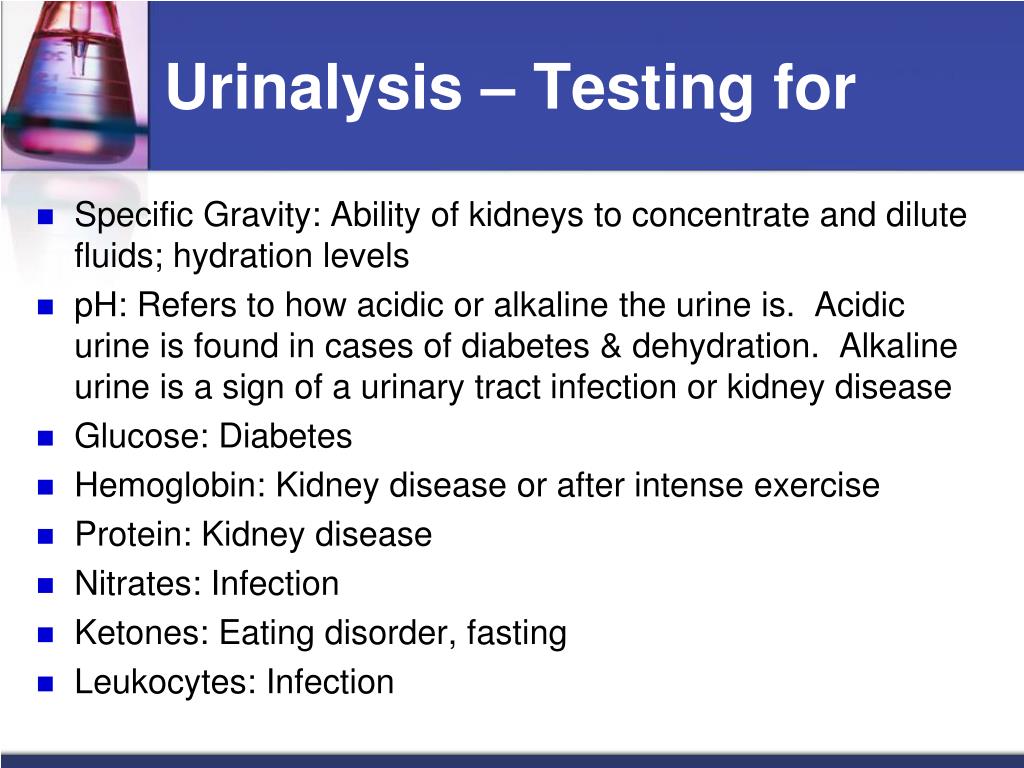


One of the difficulties in understanding the pellet ablation physics is that the measurement of the ablation is still challenging even nowadays because the plasmoid surrounding the ablation cloud has the strong inhomogeneity of plasma parameters within a small spatial extent and a three-dimensional shape elongated to the magnetic field lines, accompanied by fast dynamics (1–100 μs). These processes are complicated, mediating interactions among different states of solid, gas, and plasma. However, the experimental validation of the physics related to the pellet injection process has not yet been fully achieved due to the lack of ablation measurement, for example, regarding drift of plasmoid, plasmoid expansion, ablation process, particle deposition, plasma responses to pellet injection 4. The method has been technically developed well 5, 6, 7, and a neutral gas and plasma shielding (NGPS) model has been developed including the description of the ionized pellet ablatant 8, 9, 10, 11, 12. The pellet injection method is also applied for density profile control, suppression of instabilities, and diagnostic purposes 4.

The cryogenic pellet injection method is a promising tool to solve this issue, which injects a small hydrogen ice pellet into a high temperature plasma with fast speed and realizes an efficient fueling to the core plasma region compared to the conventional gas puff 3, 4. Such fluctuations can be ubiquitously present at the inhomogeneity formed around a pellet in the pellet ablation process in fusion devices.Įfficient fueling to a high temperature plasma is a critical issue for the steady state operation of fusion reactors since only a small portion of neutral gas injected with a conventional gas puff fueling can penetrate across the separatrix and reach into the plasma core in high temperature plasmas 1, 2. The fluctuation would be driven by a strong inhomogeneity formed around the pellet and invoke the relaxation of the gradient through a cross-field transport induced by the fluctuations, which could affect the pellet ablation and pellet fueling processes. The fluctuations are located at the locations displaced toroidally from the pellet and propagate in the cross-field direction around the pellet axis along the field line, indicating a three-dimensional behavior and structure of fluctuations. By comparing the fluctuation structures with the shape of magnetic field lines calculated with the field line tracing code, we successfully reconstruct the spatio-temporal structure of the fluctuations during the pellet ablation process. The fluctuation has a normalized fluctuation level of ~ 15% and propagates around the moving pellet across the magnetic field. Here we report the first observation of the formation of fluctuation structures in the pellet plasmoid during the pellet ablation process by a fast camera in a medium-sized fusion device, Heliotron J. Understanding pellet ablation physics is crucial to realizing efficient fueling into a high temperature plasma for the steady state operation of ITER and future fusion reactors.


 0 kommentar(er)
0 kommentar(er)
